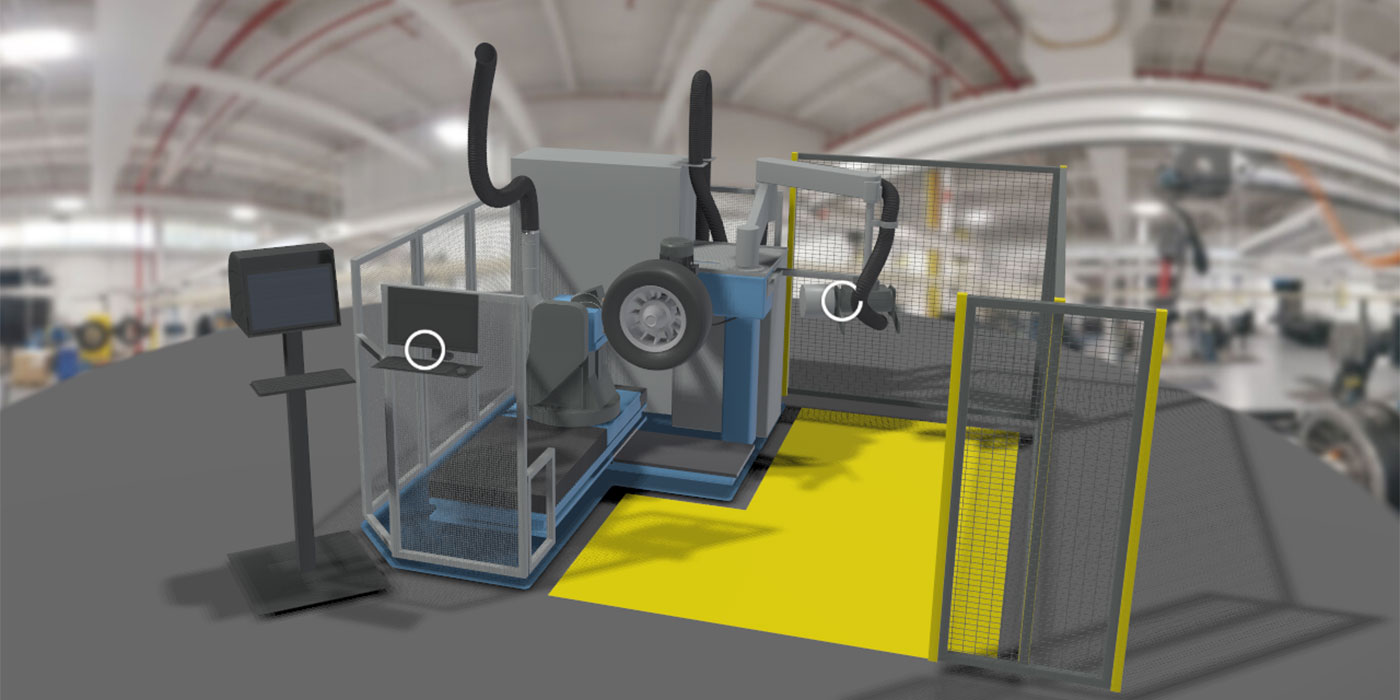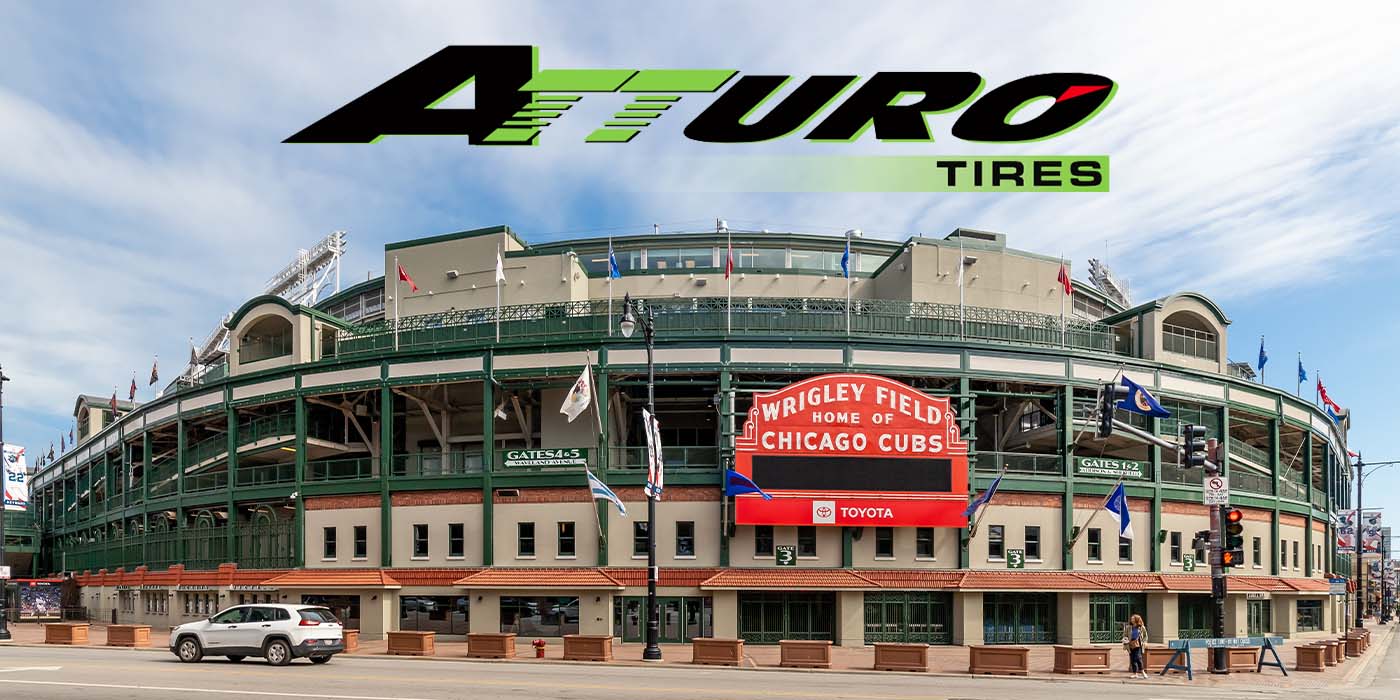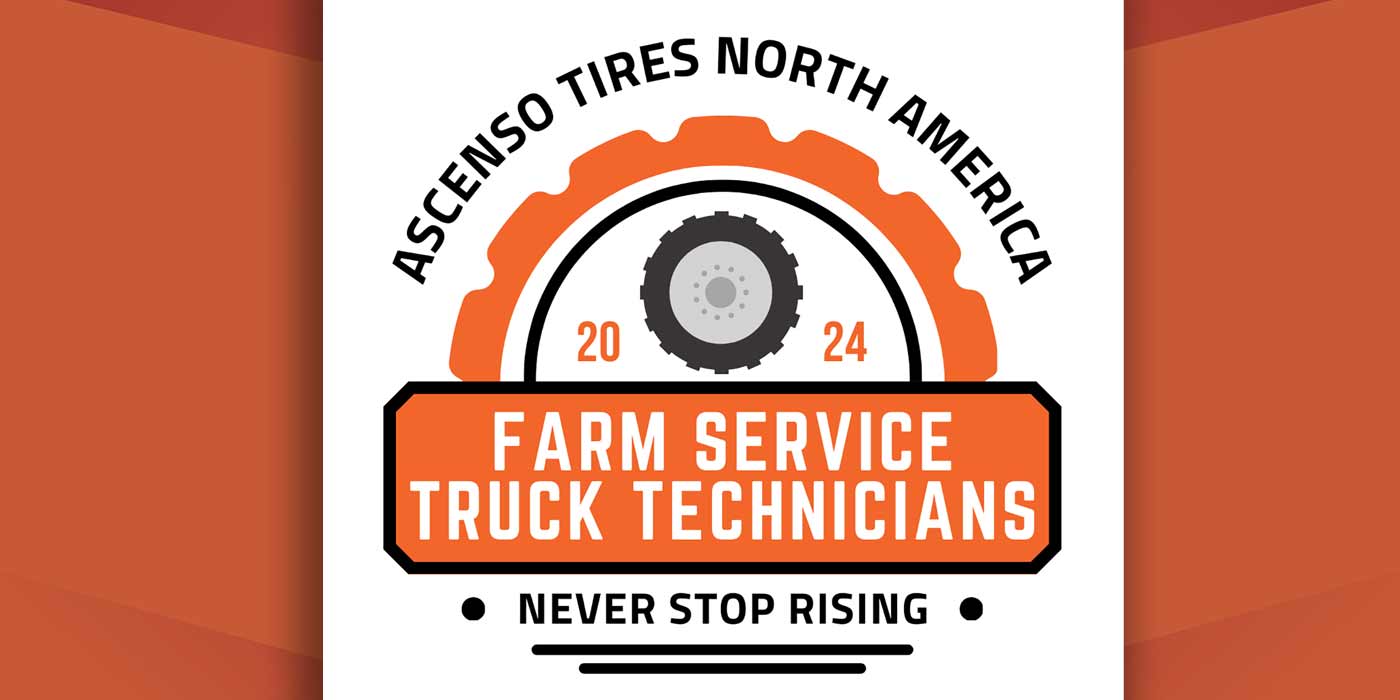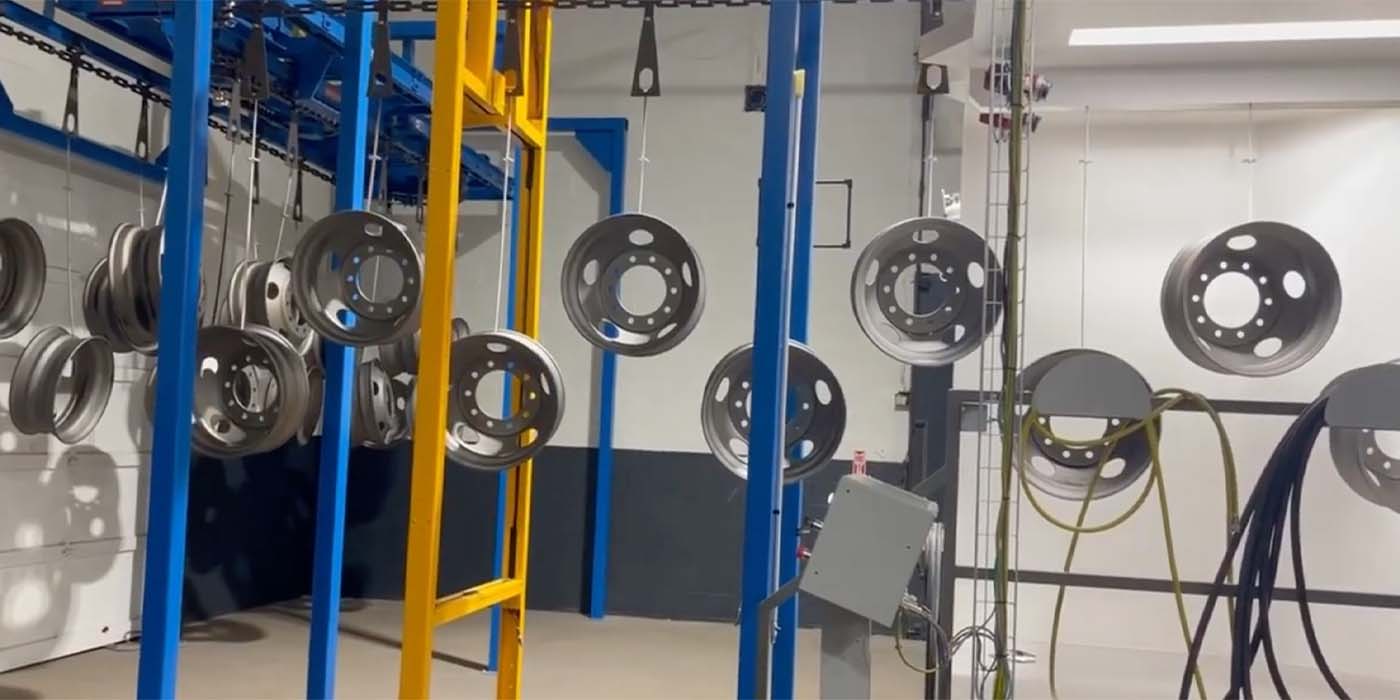Regulation (EC) No 1222/2009 of the European Parliament and of the Council of Nov. 25, 2009, on the labeling of tires with respect to fuel efficiency and other essential parameters – to give the new label legislation its full and proper name – comes into force in just a few months. 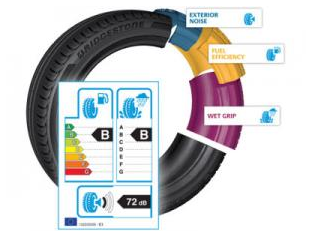
The EU has agreed upon a system of rating tires using three performance parameters, and almost every new passenger car, light commercial vehicle and truck tire (C1, C2 and C3 tires) sold in Europe will come with this rating. But even before its mandatory implementation, murmurs of label skepticism can be heard.
Generally, these comments hinge on the label’s limitations, and whether these will hinder consumers from purchasing the tire best suited to their needs.
For some, the issue with the label is not what it tells us – few would argue a better-informed consumer is a bad thing.
Rather, it is what the label doesn’t say that is causing raised eyebrows. Gary Guthrie, Michelin’s vice-president of marketing, car and light truck tires, recently summed up this perceived paucity of information in two sentences: “The new tire labeling regulations cover wet braking distances, fuel efficiency and road noise, all of which are worthwhile. But it would have been even more beneficial to the consumer if they had also covered dry road braking distances, tire life, wet handling and comfort.”
So why did the EU settle on the parameters it did? Wet braking was included to represent safety and at first glance it looks like a sensible measure. Yet, some say this criterion’s significance is overplayed. Studies carried out in Germany by the Technical University of Dresden’s traffic accident research department (VUFO) based on statistics from some 20,000 road accidents indicate that around 70% of accidents occur on dry roads.
It gets even more complicated once the mercury starts dropping. Studded winter tires aren’t covered by label legislation, but studless ones are, and their inclusion raises the question of whether the EU has taken a “one size fits all” approach.
The main problem when it comes to the label and winter tires is not rolling resistance, as it is quite easy to explain a poor result here by describing the tread pattern and compound used in winter tires. It is another criterion that places winter tires at a label disadvantage, and it has prompted winter tire specialist Nokian to declare that the label fails to “take into account the real winter weather.”
What this means, the Finnish manufacturer says, is that “in demanding and varying winter conditions, the most important safety characteristics for tires are ice grip and snow grip.” Nokian states that consumers should avoid buying winter tires based on wet grip label performance as “wet grip is far from the most important safety aspect, especially in Nordic winter tires.”
Elaborating, the company points out that “a winter tire with good wet grip has poor grip on ice, and it is very often designed especially for the milder winter conditions in Central Europe. For winter tires, the tire label provides no added value for consumers who encounter actual winter conditions. Instead, it may be misleading and endanger traffic safety.”
Rolling Resistance
We can ultimately thank the Kyoto Protocol and the obligation placed upon signatories to reduce CO2 emissions for the emergence of rolling resistance as a key label parameter. In the spirit of Kyoto, the EU decided in 2007 that emissions must drop by at least 20% on 1990 levels by 2020. Vehicles must carry their share of the burden as passenger cars, expert claim, account for 12% of CO2 emissions in the European Union, and 24% of vehicle CO2 consumption is tire-related.
Less CO2 entering the atmosphere is inarguably a good thing, but has Kyoto’s influence during the formulation of 1222/2009 given us a label that is as much a tool for achieving EU emissions targets as a balanced purchasing aid for European consumers? Some manufacturers and organizations certainly believe the label only shines a narrow beam of light on the many factors worthy of consideration when choosing a tire.
Tires are a composite of some 200 different materials, combined to make a product that must deliver performance in conflicting areas. For example, in dry conditions it is best for a tire to have as much rubber in contact with the road – a racing slick would be ideal – yet in the wet a tread with patterned blocks and grooves for water evacuation and ridges to break up the surface film is needed. And when it comes to keeping those pounds in your pocket, fuel savings achieved through lower rolling resistance and savings gained through longer tread life go head to head against each other.
In its micro-site dedicated to the label, Bridgestone describes it as a “good indicator of basic tire performance” but says the information given is “far from the end of the story.” This represents the position carried by most major European tiremakers and some of the national organizations representing them, such as Germany’s BRV, which identifies 11 parameters – dry road holding, stability and braking, road holding, handling, aquaplaning and directional control in wet conditions, plus internal tire noise, tire wear, PAH presence/absence and high speed drum testing – not covered by the label. Continental pegs the number of criteria omitted as being more than 40.
The danger, opines Michelin commercial director Malcolm Scovell, is that the label’s focus on just three parameters will encourage a view of one or more of the label criteria as a sort of “holy grail” to focus on at the cost of other performance characteristics. “I suspect another, non-label category may suffer – I think tread wear may become a victim,” he commented.
Fleet users in particular would have benefitted from tread wear information on the label. When Continental announced the start of its truck tire label rollout, Herbert Mensching, the company’s managing director for truck tire marketing and sales, described it as an “initial reference point” that should be supplemented with advice from a specialist retailer. “A large amount of studying lies ahead for the tire manufacturers and tire retailers,” he observed. “Properties like mileage, handling and life are not covered by the tire label, but are important when choosing tires and above all when working out the lowest total costs in the fleet.”
Consumers who’ve read up on the label – and as recently as April, Which? magazine wrote that nine out of 10 people it surveyed weren’t even aware of the labeling scheme – possibly wouldn’t have noticed that the “D” rating is never used for consumer tires, despite the letter’s presence on the label. It was decided to leave D as a blank rating, we are led to believe, to avoid the existence of a category for “average” tires.
But is this fair? Thanks to report cards and the EU energy label for white-goods, we are accustomed to the idea that C is followed by D and then by E. It is, therefore, unlikely the average motorist will realize their “C” tire may have a wet braking distance only fractionally shorter than an “E” rated alternative, and indeed may have more in common with the “E” tire than the top performers in its own “C” category. Given that tires are often an unplanned distress purchase requiring a spur of the moment decision, and taking our preconceived concept of the difference between “C” and “E” into consideration, this arrangement seems somewhat misleading.
The “G” rating is, by the way, not used at all for commercial vehicles and only for rolling resistance on passenger car and light commercial vehicle tires. Cynics may argue the seventh letter of the alphabet only serves to increase the marketability of tires given an “F” rating for the wet braking criterion – the lowest result possible, despite its penultimate position on the label.
Another potential issue is how each individual ranking is measured. At the 14th European CEO Seminar, held in Paris during May, Michelin described the “C” rating as the “current excellent class” and noted that most of its sporting lines had been graded “E” for rolling resistance, a result reflecting a “specific performance balance by combining high total mileage and strong grip, even in extreme driving conditions.”
It then came as a surprise to visit the Reifen 2012 trade show and see the high performance lines of budget tire brands outclassing those of Michelin and the other premium manufacturers, at least in terms of label rating. While it is perfectly possible that these budget brand manufacturers have focused on label results at the expense of other performance characteristics, it must not be forgotten that each manufacturer has been entrusted to assess its own products for the label, exposing us to the risk of variations within the process.
It would be speculation to claim some manufacturers are tweaking tests to favor themselves, but a fact harder to argue is that 1222/2009 offers manufacturers the scope to downgrade a tire’s rating. As explained in the article “Labeling Chaos?”, which appeared in the July issue of Tyres & Accessories, certain tiremakers are adopting a blanket tire label to product ranges, applying the lowest individual grades recorded to the entire range. This may prove a handy technique for artificially creating a distinction in label results between a manufacturer’s top and second brands.
In the recent past, several tiremakers and wholesalers faced criticism for importing tires manufactured with high-PAH extender oils into Europe, as their presence here violated REACH regulations. The problem, some of the accused argued, was that the tested non-compliant tires were produced for other global markets and never intended for sale in Europe; they ended up here as there is no way of visually telling compliant and non-compliant tires apart.
This aromatic oil debacle could have served as a warning for the developers of 1222/2009 and its subsequent amendments; a book, or tire, can’t always be judged by its cover. However, it was decided not to legislate the compulsory inclusion of label data on the tire sidewall, leaving the door once again open for identical-looking yet different tires to enter Europe and be presented to consumers as something they aren’t.
I’m Alright, Jack…
What does all this mean? Is the label a wasted opportunity? Certainly not. Even its critics concede it will inform consumers about three important tire performance parameters. But as we have seen, these three factors are just part of a larger picture, and an awareness of what the label can and can’t do is vital. And this may well be the labeling legislation’s greatest drawback.
After approving the label’s introduction and decreeing how it should function, the European Union seems to have washed its hands of any great responsibility towards enlightening consumers of its merits. This apathy has been aped by the European Tyre & Rubber Manufacturers’ Association, the body representing the global top five and several other major tiremakers, who said it will not promote the label through marketing activities: “Marketing information is entirely up to individual companies to decide and communicate,” the organization said in a November 2011 label-themed industry guideline.
Responsibility for familiarizing the average motorist with the label therefore rests on the shoulders of those within the industry – you and I, in other words. And if we don’t do this effectively, and objectively, the label’s usefulness will suffer.
At least any potential flaws in the legislation have the opportunity to be addressed – the labeling rules are scheduled to be reviewed in 2016, and by that time the label’s strengths – and shortcomings – should be clear for everyone to see. (Tyres & Accessories)







